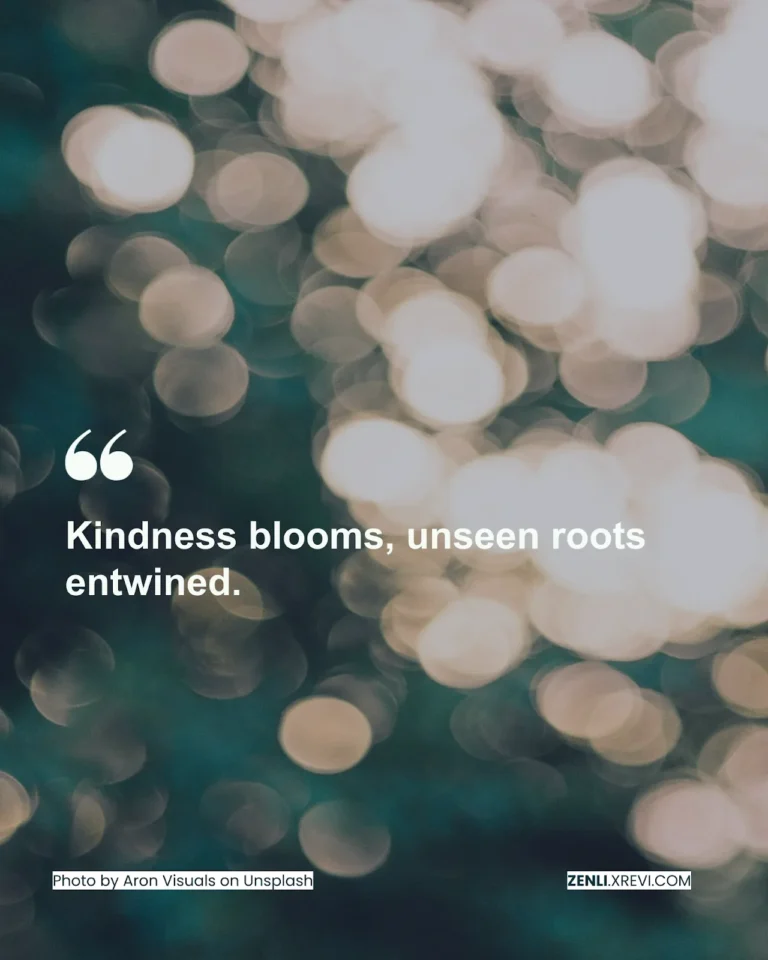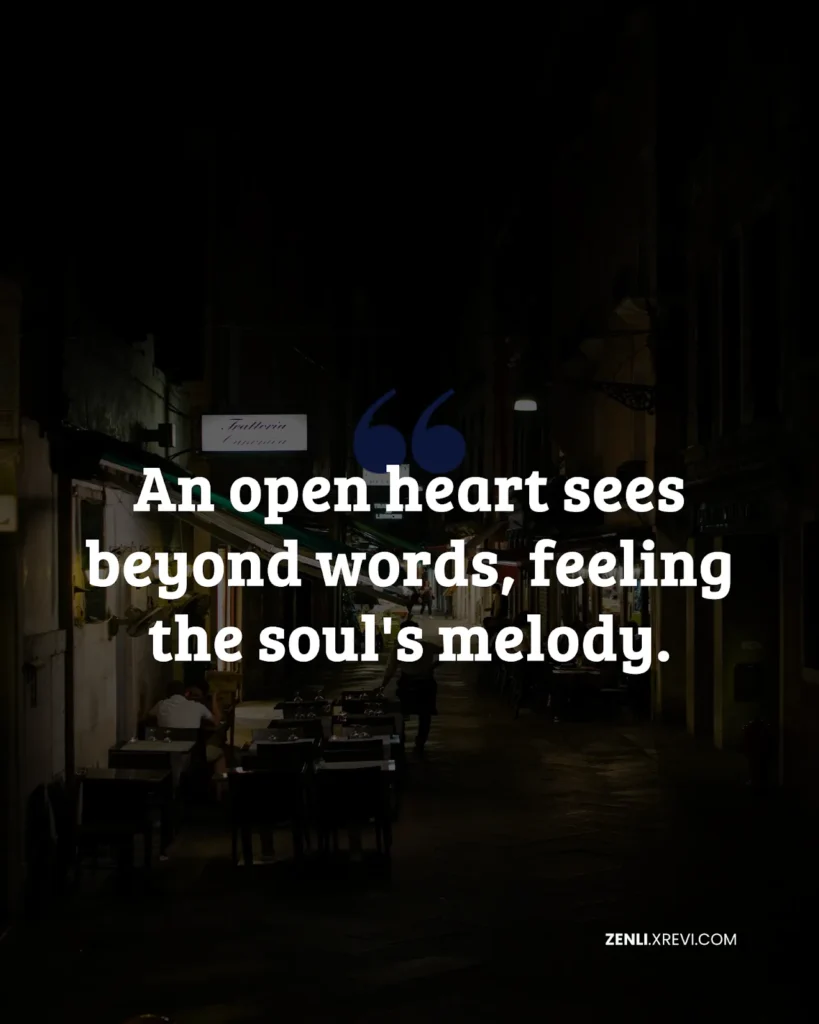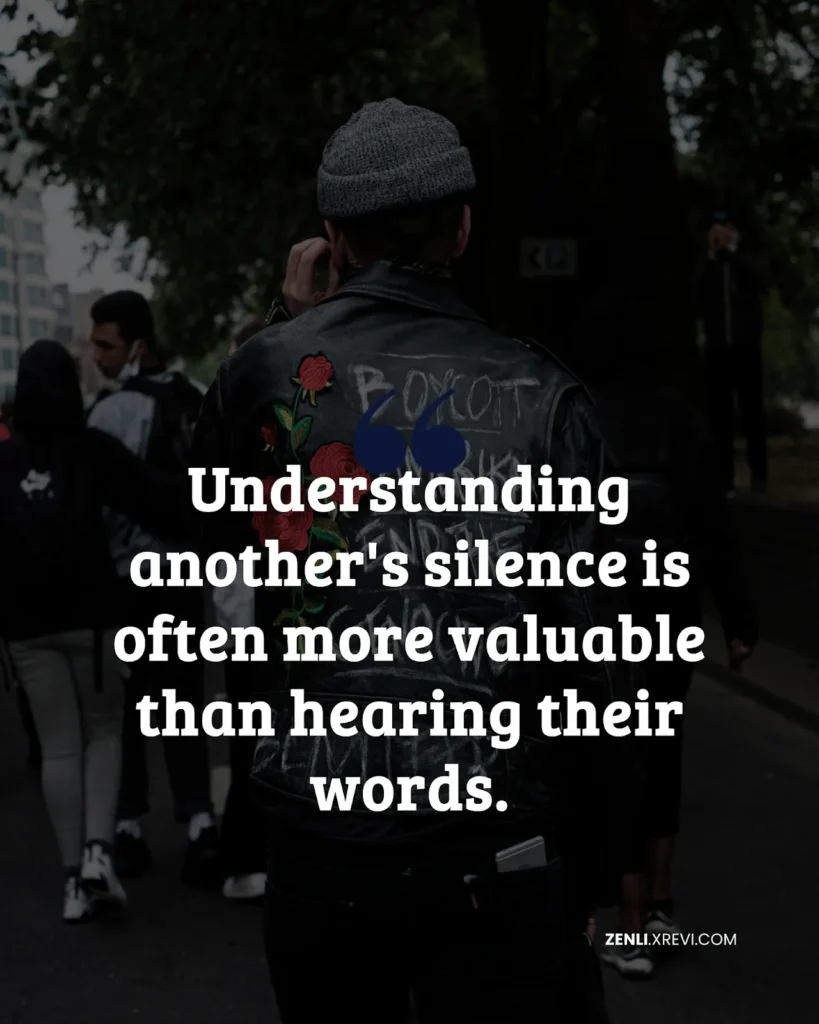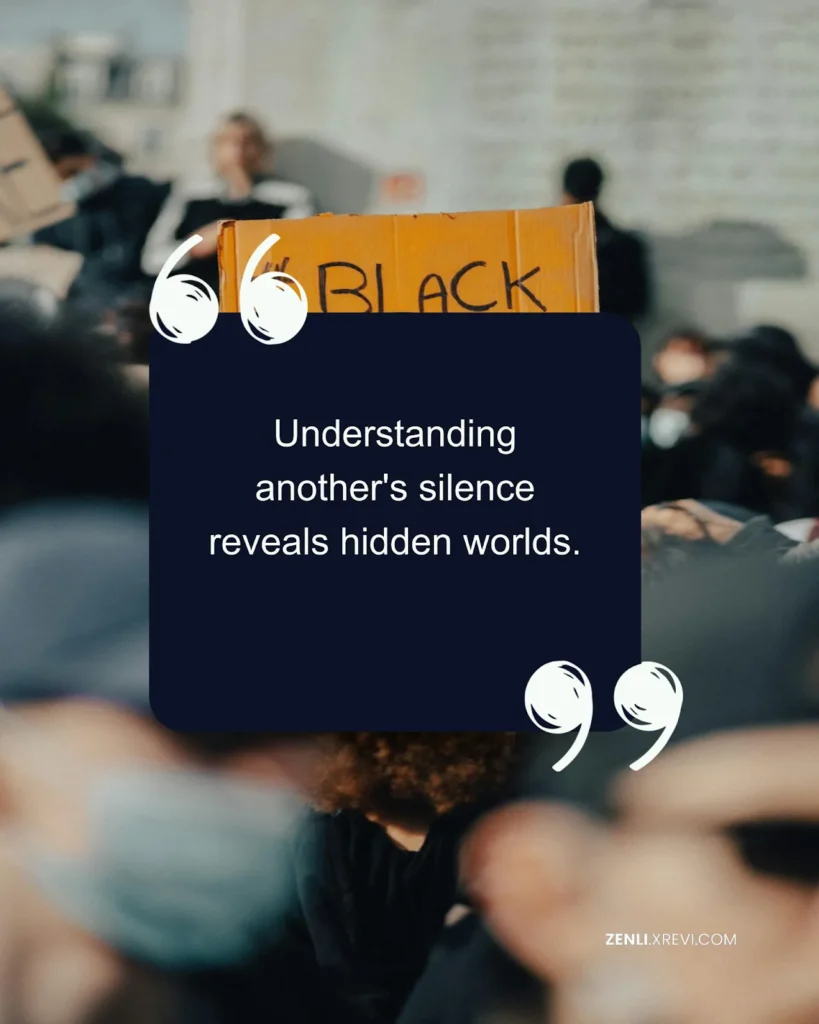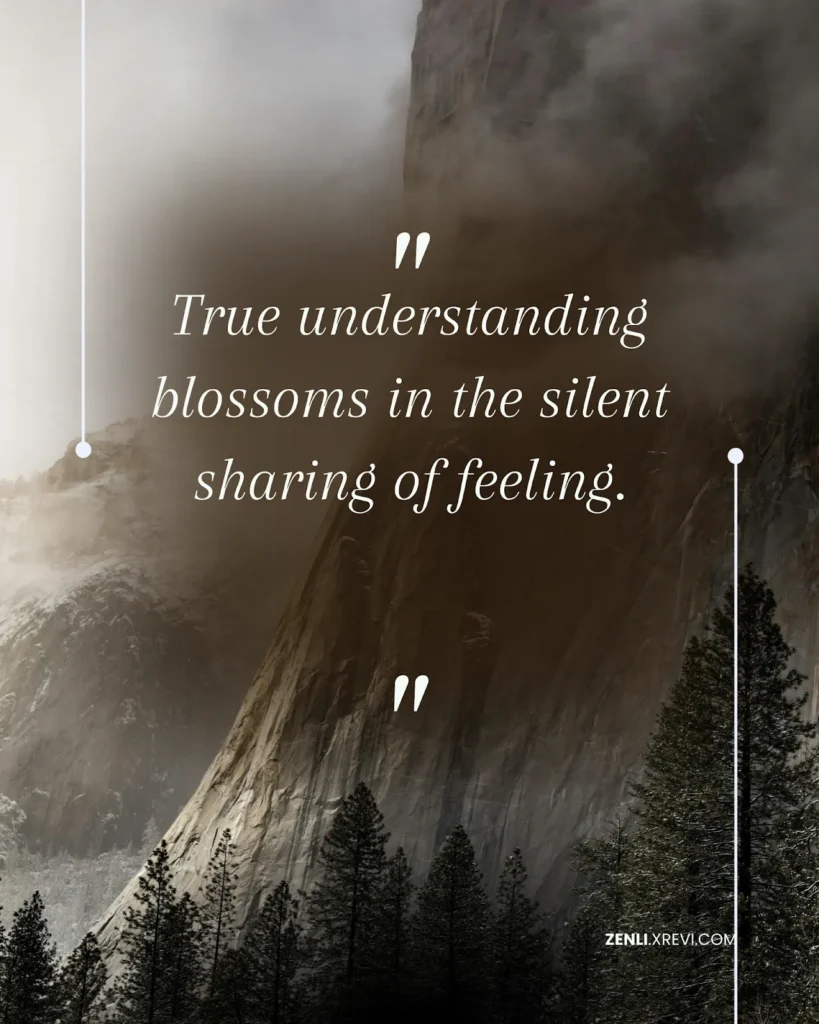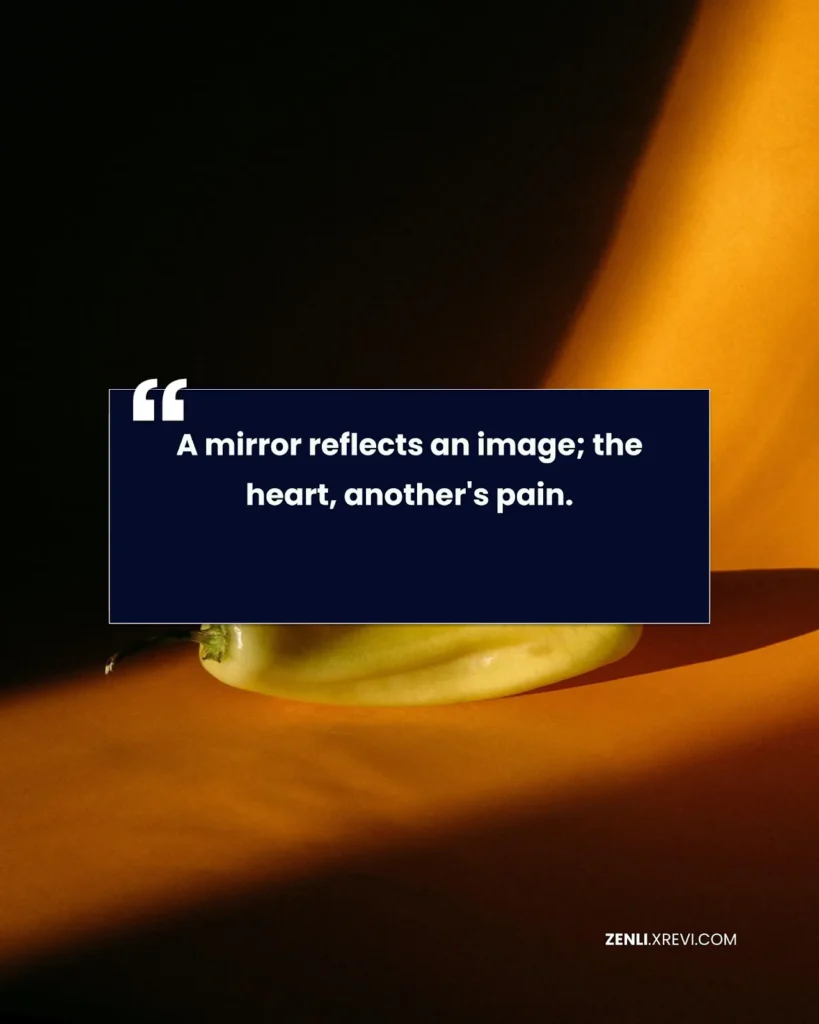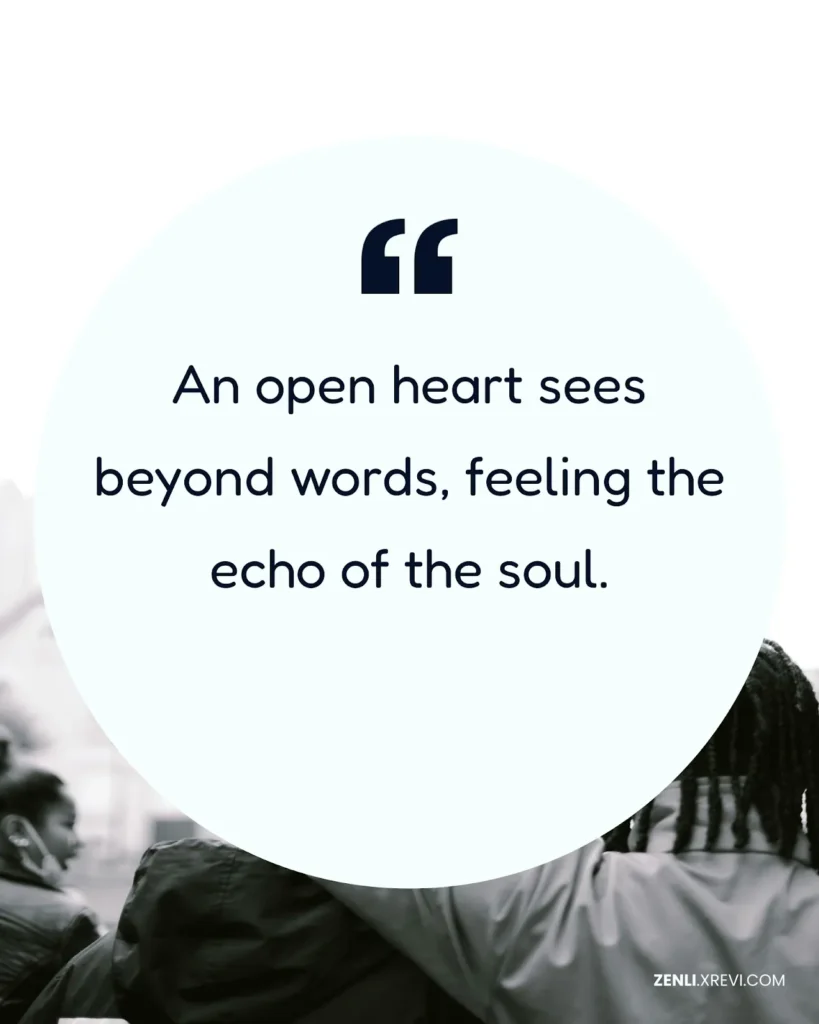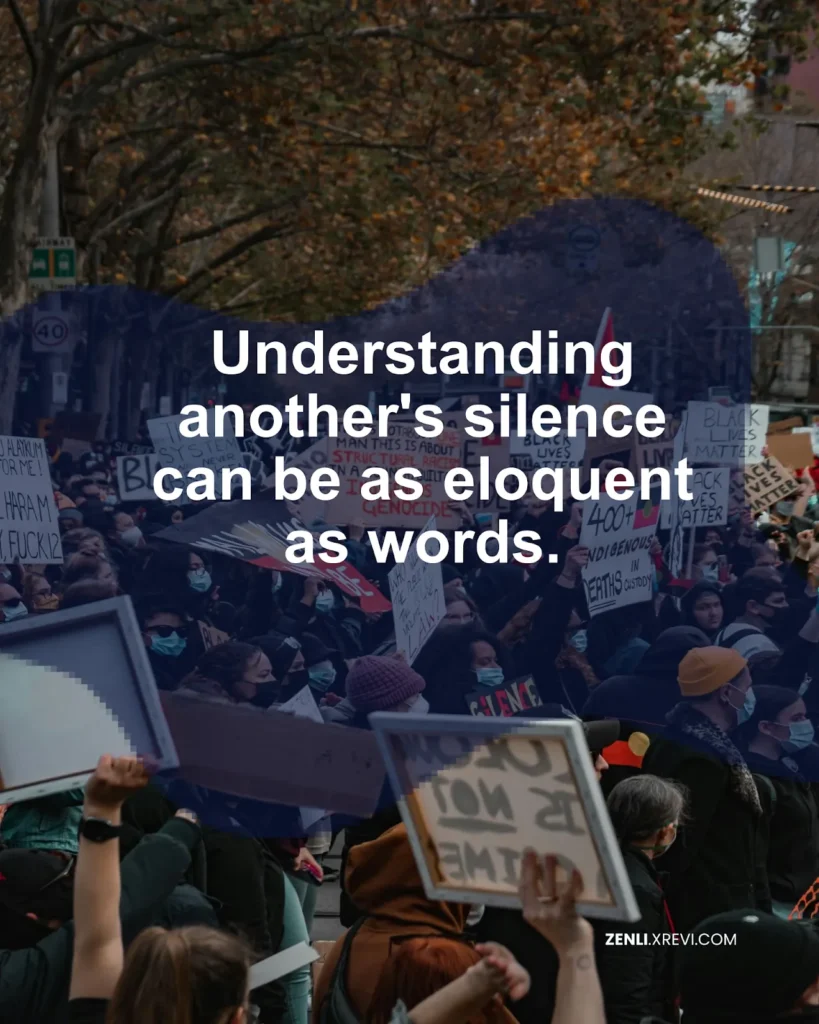We’ve all been there. That moment when a friend shares a difficult experience, and you fumble for the right words. Or maybe you see someone struggling with groceries, and a quiet internal debate unfolds – should you offer help? These small, everyday encounters are where the true test of empathy lies. It’s not about grand gestures or dramatic pronouncements; it’s about the quiet understanding, the subtle acknowledgment that another person is experiencing something, feeling something, *beyond* what you can immediately see. It’s about recognizing that their internal landscape might be very different from your own, and that’s perfectly okay. It’s about connecting with their humanity, even when their experiences are vastly different from your own. It’s a feeling that silently shapes our interactions, affecting everything from our closest relationships to our interactions with strangers on the street. It influences how we treat one another and the world around us.
***
Kindness blooms, unseen roots entwined.
***
This beautiful quote perfectly encapsulates the essence of empathy. Think of “kindness” as the visible flower, the act of compassion or understanding we show to others. This is the easily observable effect. But what about the “unseen roots”? These are the complex network of experiences, perspectives, and emotions that underpin both the giver and receiver of that kindness. Empathy is about recognizing and acknowledging these unseen roots. It’s about understanding that the kindness shown is not just a surface-level action, but a result of a deep connection, a shared humanity, an understanding of the interconnectedness of our experiences.
For example, imagine a colleague who is consistently late. Without empathy, we might simply label them as unprofessional. But with empathy, we might consider the unseen roots: Are they facing a difficult personal situation? Are they struggling with a health issue? Are they overwhelmed with responsibilities? By taking the time to understand their circumstances, even if we don’t fully know them, we can move beyond judgment and toward compassion. Our response – perhaps a friendly offer to help delegate tasks, or a simple inquiry about their well-being – becomes a more meaningful expression of kindness, grounded in the understanding of the unseen roots that shaped their behavior. Similarly, a small act of kindness, like holding a door open, might seem insignificant, but to someone struggling with a physical limitation, it can represent a significant boost to their day, blooming from the unseen root of their specific needs.
This understanding, this act of bridging the gap between the visible and the invisible, is the true power of empathy.
***
In essence, cultivating empathy means cultivating a deeper awareness of ourselves and the world around us. It’s about recognizing that everyone carries their own unique story, their own unseen struggles and triumphs, and that these stories are inextricably linked to ours. Today, take a moment to reflect on your recent interactions. Where did you experience or witness empathy? Where could you have shown more? Share your thoughts – let’s nurture the unseen roots of kindness together. The more we understand the profound connections between our experiences, the more we can truly understand and appreciate the beauty of a world where kindness blooms freely.
Photo by Aron Visuals on Unsplash
